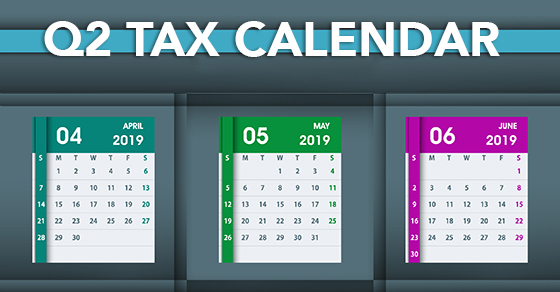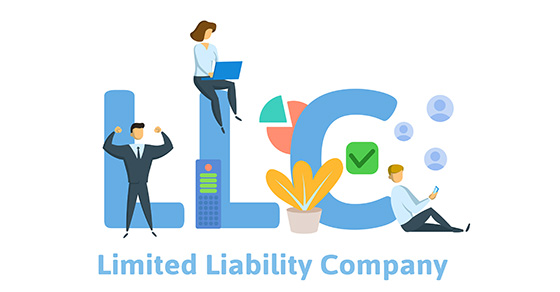
Distinguishing between liabilities and equity on a company’s balance sheet may seem straightforward. But difficulties arise when it comes to the terms of complex securities and financial contracts like redeemable equity instruments, equity-linked or indexed instruments, and convertible instruments.
The good news is that the Financial Accounting Standards Board (FASB) is currently working on a project to improve how to determine the difference between liabilities and equity.
Need for change
Work on this project dates as far back as 1986, when distinguishing liabilities from equity was added to the FASB’s technical agenda. Since then, the board has issued various pieces of guidance to help resolve issues that have been raised. But the outcry for revisions to the liabilities vs. equity topic hasn’t waned.
In 2017, accounting professionals told the FASB that current guidance is “overly complex, internally inconsistent, path dependent, form based and is a cause for frequent financial statement restatements.”
Once again, the project is a top priority for the FASB. In 2019, deliberations will initially focus on two areas:
- Accounting for convertible instruments with embedded conversion features, and
- Determining whether instruments are indexed to an entity’s own stock.
A convertible instrument, typically a bond or a preferred stock, is an instrument that can be converted into a different security — often shares of the company’s common stock. For example, emerging and growing companies often use convertible debt as an alternative financing solution. It’s basically a loan obtained by a company from venture capital or angel investors whereby both parties agree to convert the debt into equity at a specific date.
Tentative plans
Convertible instruments create complex accounting issues and have become a major source of confusion and restatements. In February 2019, the FASB tentatively voted to:
- Revise certain disclosures for convertible instruments, including adding disclosure objectives for convertible debt and for convertible preferred shares,
- Centralize the guidance on convertible preferred shares in Accounting Standards Codification (ASC) Topic 505, Equity, and convertible debt in ASC Subtopic 470-20, Debt — Debt with Conversion and other Options, and
- Improve the diluted earnings-per-share calculation and derivative scope exception.
Under the existing rules, there are currently five models to account for convertible debt, which the board plans to narrow down to one or two models. As a result, convertible debt would be recognized in the balance sheet as a single liability, measured at amortized cost. There would no longer be bifurcation, or separation, of the conversion feature and the debt host. Similarly, convertible preferred shares would be recognized in the balance sheet as a single equity element.
Stay tuned
Many start-ups and midsize businesses use convertible instruments to raise cash. But it’s easy for management to miss an aspect of an arrangement and then follow the wrong accounting model under today’s complex, inconsistent principles. And the complex accounting rules even may cause some businesses to avoid tapping into these financing alternatives.
Fortunately, the FASB is taking steps to simplify the financial reporting requirements — and we’re atop the latest developments. Contact us for more information.
© 2019










